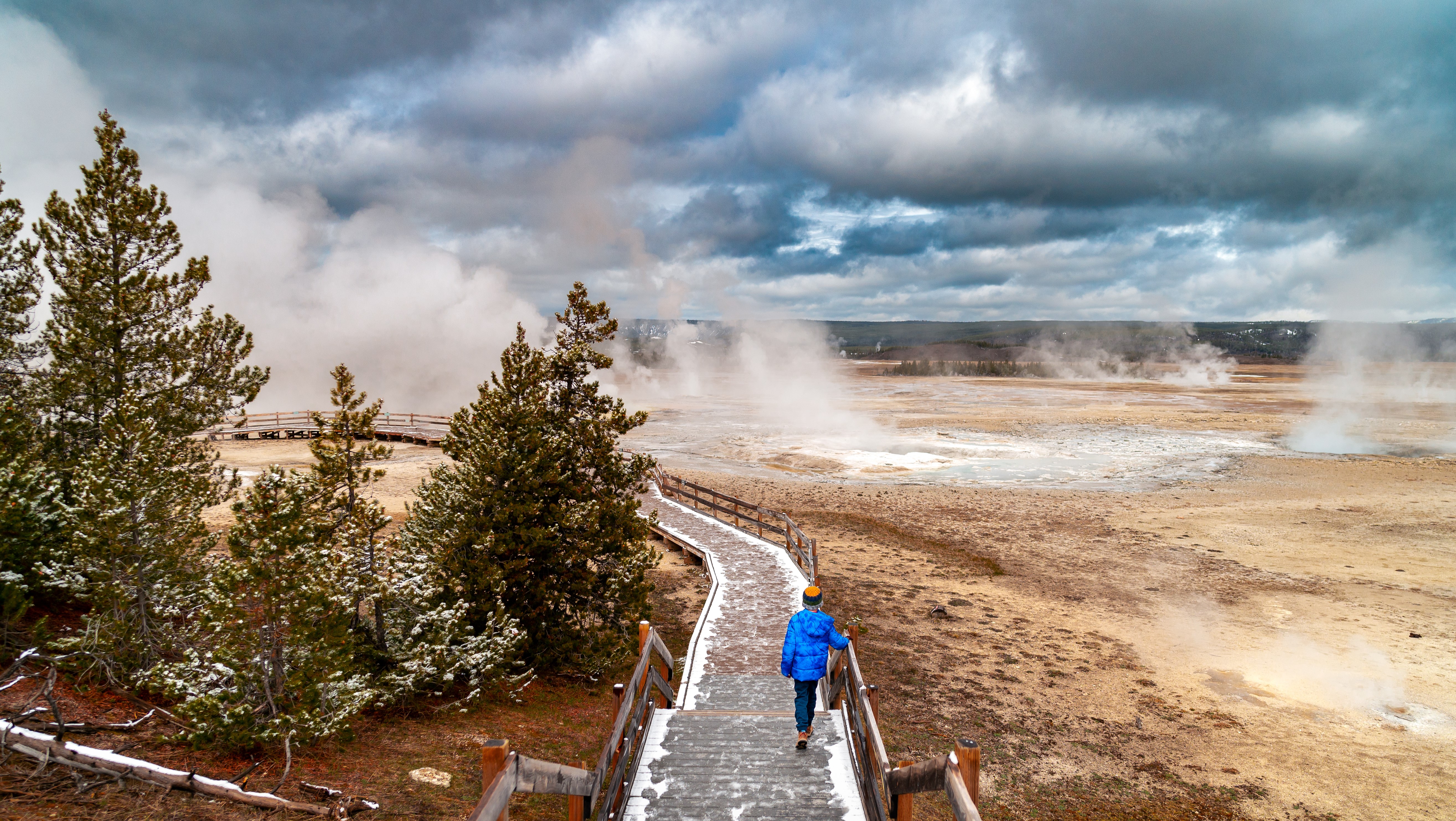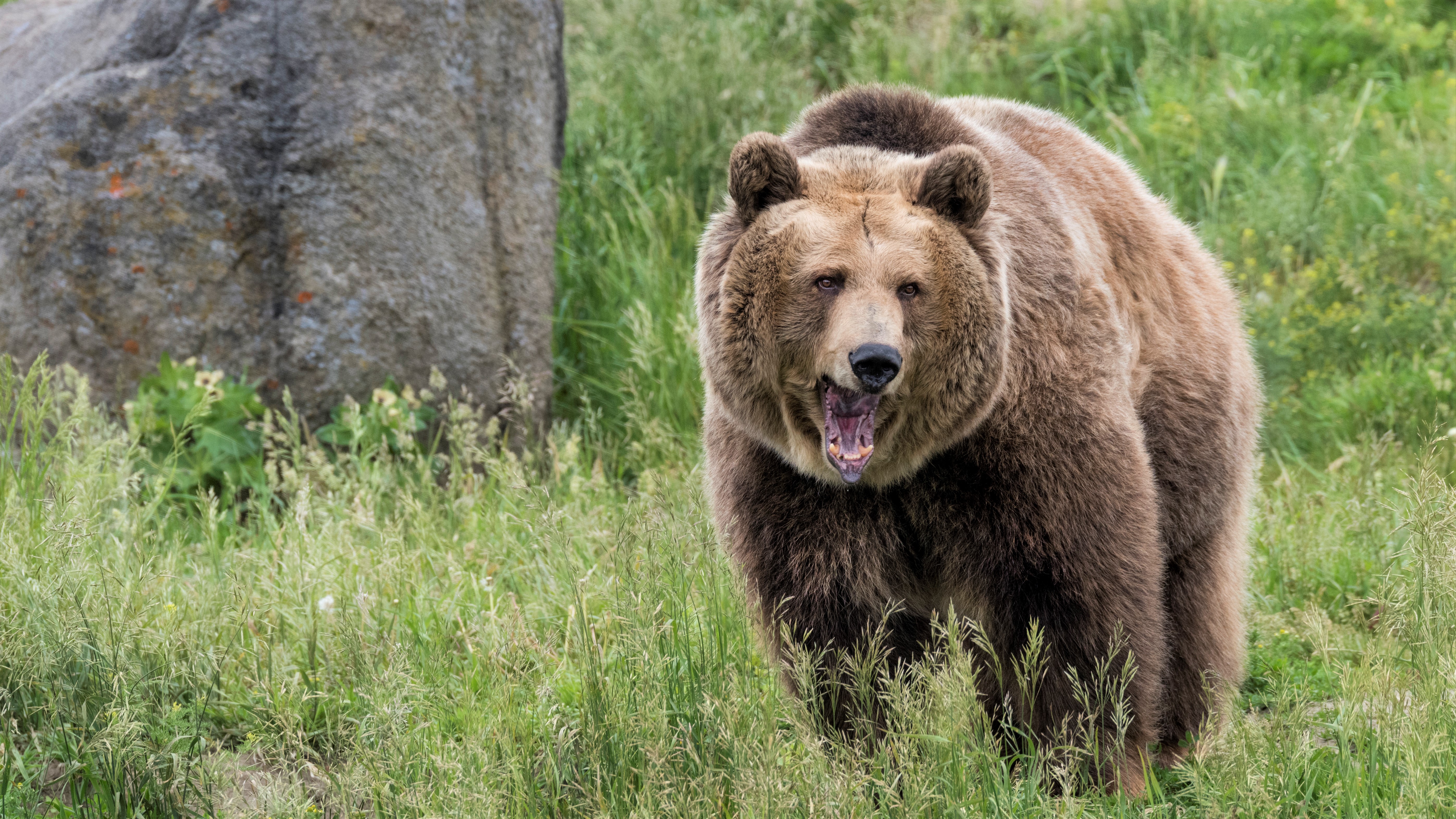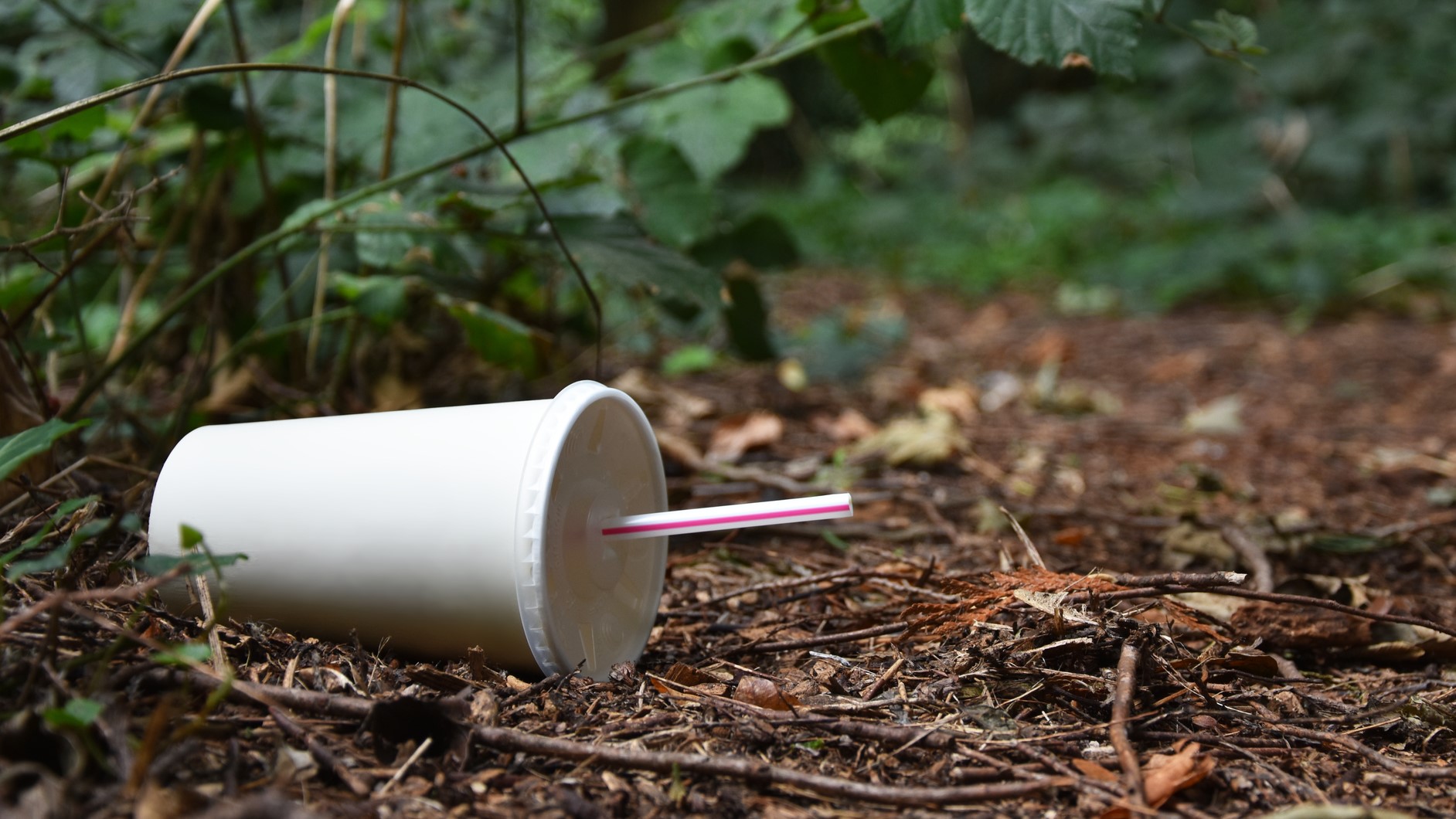10 big mistakes people make when visiting Yellowstone National Park
Visiting Yellowstone is an experience like no other – but don’t make these common mistakes

Visiting Yellowstone National Park is truly an experience like no other. This enormous wilderness, which is situated in the Rocky Mountain states of Wyoming and Montana, was America’s first National Park and is world-famous for its otherworldly terrain and fascinating wildlife. More often than not, however, it’s the bad behavior of Yellowstone tourists that tends to make the news.
If you’re planning a trip to Yellowstone this year, avoid these 10 common mistakes to make sure you stay safe, have fun and don’t end up a headline.
1. Rolling into the park in a leisurely fashion
This is true for any of the more popular parks, but being in the top 10 parks for annual visitors, you can’t just roll up to the park gates at 10 a.m. after a late breakfast if you don’t want to sit in a hot car for hours.
During the busy summer months, if you’re visiting Yellowstone you’ll want to arrive before 9 a.m. to beat the queues which can stretch for miles. Remember the park is open 24 hours so you can arrive at dawn and bring your breakfast with you, which gets you on the trails before they get clogged up, or skip the busy season altogether and visit Yellowstone in spring, fall or winter if you like snowshoeing.

2. Failing to make reservations in advance
If you want to camp in one of Yellowstone’s campgrounds or stay at a lodge in the park this summer, you should have started to think about it last summer. Reservations for Yellowstone’s accommodations opens on the 5th of the month for the same month of the following year – that’s a 12 - 13 month reservation window and it’s advised you book that day to avoid disappointment.
3. Not checking park conditions
Though Yellowstone is frequently closed by storms in the winter, don’t assume that just because it’s summer you can breeze in. The entire park was closed for weeks in the summer of 2022 after extreme flooding caused landslides, and damaged bridges and roads. Check the weather and park conditions before you set off to make yourself aware of any closures, and also to understand what special equipment you might need to brave the elements.

4. Straying off the boardwalk
If you haven’t read our fascinating facts about Yellowstone article yet, then you may not realize that the whole place is essentially a giant volcano. This means that the ground surrounding the spectacular geysers is often covered by a thin, very hot, crust. For this reason, the clever folks at Yellowstone have set up boardwalks so that you can safely explore this amazing park and get closer to the geothermal features than you otherwise might.
All the latest inspiration, tips and guides to help you plan your next Advnture!
Sadly, many visitors to the park, including Hollywood actor Pierce Brosnan, seem to think that the carefully constructed boardwalks are a mere suggestion and go padding off to get a closer look. This might earn you an instant safety lesson or even wind you up in court.
Stay on the boardwalk, and indeed on the trail, when you’re visiting Yellowstone.
5. Getting up close and personal with the wildlife
One of the absolute best features of Yellowstone is its astonishing array of wildlife. In this famous park, you might view grizzly and black bears, herds of bison, a pack of wolves, bighorn sheep, birds of prey and more. It’s amazing.
What’s more amazing, however, is the frequency with which people get way too close to these animals. Barely a day goes by when we don’t report on someone trying to get a selfie with a bison or leaving their children to feed the elk, but even though these animals can appear docile, they will charge if they feel threatened, as many tourists learn the hard way.
Buy yourself a pair of binoculars and enjoy Yellowstone’s beautiful beasts from a safe distance. Don’t try to pet them, or feed them.

6. Checking how hot the hot springs are
ant to know how hot the hot springs are? Don’t go dipping your finger in – they’re hot. Like, 200°F hot. Despite the likelihood of life-changing burns or death, tourists still routinely get way to close to Yellowstone’s hot springs for comfort, with one family even leading their children out off the boardwalk for a better view of the scalding springs.
The US Geological Survey reports that 22 people have died due to scalding in the park’s hot springs since 1872, more than double the number that have been killed by bears and bison combined. Read our article on hot spring safety and stay well back from these natural wonders.
7. Hiking without bear spray
If you’re donning your hiking boots and hitting the trail for some of the best hikes in Yellowstone National Park, you’re sure to have a great time, but don’t forget your bear spray. Park officials strongly encourage all hikers traveling outside of developed areas to carry bear spray as the park is home to about 500 black bears and another 200 grizzlies.
Attacks on humans are very rare, but a woman was killed by a grizzly just outside the park only last year.

8. Over relying on your phone
Cell service tends to be limited in National Parks, and Yellowstone is no exception. Covering over two million acres, this sprawling park will delight you with some of the best natural wonders you’ll ever set eyes on, but it’s not likely to deliver many bars on your cell phone.
Don’t drive off into the backcountry without a plan, or a map and compass, thinking you can just google a hike description when you get there, or call for help if you get lost. Make sure you know where you’re going, and have a satellite communicator for backup.
9. Making a mess
Yellowstone is protected as a National Park because its glorious wilderness and natural resources are perceived to be of value and that means when you go there, you need to practice the principles of Leave No Trace. Don’t graffiti, as some people have done around the Morning Glory Pool – or drop litter in the ground or in the hot springs – not only does this ruin other people’s experience and endanger wildlife, it might wind you up in jail and paying a hefty fine.

10. Not giving yourself enough time
There are National Parks you can do in a day, but Yellowstone isn’t one of them. It’s over 300 miles from the nearest large-ish city (Salt Lake) and even the closest regional airport (Cody) is 50 miles away. Chances are, you’re going to spend the best part of a day just getting there, and once you arrive you could spend weeks exploring this vast park. Give yourself three days at minimum in order to really get the most out of your visit. You won’t regret it.
Julia Clarke is a staff writer for Advnture.com and the author of the book Restorative Yoga for Beginners. She loves to explore mountains on foot, bike, skis and belay and then recover on the the yoga mat. Julia graduated with a degree in journalism in 2004 and spent eight years working as a radio presenter in Kansas City, Vermont, Boston and New York City before discovering the joys of the Rocky Mountains. She then detoured west to Colorado and enjoyed 11 years teaching yoga in Vail before returning to her hometown of Glasgow, Scotland in 2020 to focus on family and writing.

